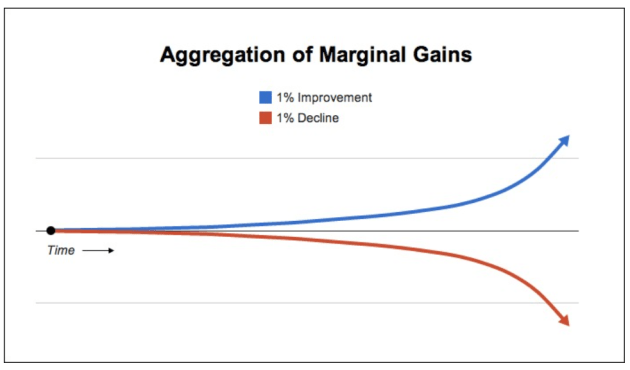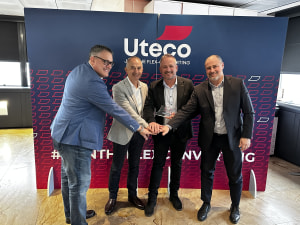Are you building a new meat processing facility or modernising your plant? Then you may have many questions. One that we at CSB-System often hear from customers is: what do I need to consider with regard to digitisation?
Get an overview of relevant KPIs
As a decision-maker, you know as well as we do that you can only manage what you measure. The Management Cockpit is the heart of your new facility. In cutting, in production or at the warehouse – the right measures and KPIs are essential prerequisites for monitoring the performance, identifying problems and taking direct action in order to optimise your business processes.
What you need is hard facts such as gross margins, pre- and post-calculations, and sales figures. Do you obtain this information at the press of a button? If so, you can respond more accurately and more calmly to changes in the raw material markets. Only recently, the African swine fever made us aware of the severe consequences from a cutback in raw materials – suddenly, even well-positioned businesses were under enormous pressure due to the substantial increase in pig prices.
Capture data consistently at your meat processing facility
Why can some meat companies draw on better data than others can? We believe it is the data capture that makes the difference.
The more consistent the input of process and operational data, the better! First of all, the IT systems and, in particular, the ERP system need to be filled with data, starting from raw material supply up to the dispatch of the finished products. Only in the next steps, can you and your managers benefit from meaningful figures. This transparency gain will help you to get more out of your processes and products.
The underlying assumption is that even marginal gains, i.e. minimal profits in single areas, in aggregate can have maximal effects, as the following simple graphic shows.

A concrete practical example: by merely integrating the scales in its ERP system, American meat company Square-H Brands was able to establish more accurate reporting, make smarter decisions and – according to CEO Noah Haskell – save plenty of money: “Thousands of dollars every month, because we found our giveaway weight was much more substantial then what we were estimating. This enabled us to act on it.”
Software first: prioritise the information technology
As shown in the two previous points, collaboration with the right IT partner is of strategic importance if you want to realise your planned profit increase with your new meat processing facility.
In the digital age, building a new plant is also always an IT project. If you make the wrong choice now, you will find it hard to rectify it later on. Replacing a machine may be comparatively easy. But it would be more complex with an ERP system, which deeply affects the processes and the core of meat processing facilities.
Integrate automation and robot technologies
Today, modern automation solutions are the cornerstones of the smart meat factory. Many meat and logistics companies have set ground-breaking standards, in particular for automated production and packing lines, semi-automated picking systems, automatic depalletisers, sorters as well as high-bay storage facilities for pallets or single crates.
Look at the numerous meat factories supplying trade, like the EDEKA plant in Rheinstetten. When it opened in 2012, even industry experts were surprised by its high degree of automation and its high performance. Today, eight years later, the bare figures are still quite impressive:
- Supply to about 1,100 EDEKA markets every day
- Production and picking volume of 650 tons per day
- 100,000 picks per hour
- 800 employees
- 2,500 sales items
The Dutch company ProMessa even uses robot technology for its internal logistics. Again, the result is the same: automation has boosted the performance. According to Harold Rouweler, CEO, the company's output increased from 100,000 to 150,000 packages per day – without an increase in staff.
Set the course for future technologies like AI
Another important aspect relates to future technologies like artificial intelligence (AI). Or brain interfaces where users control the machines with their mind. Especially in the field of AI, a lot has been going on lately. Some manufacturers have started testing the technology. Sooner or later, this will become the norm. Take, for example, today's advanced image processing systems: they are based on projects from over 20 years ago.
Therefore, it is very important that you create the general conditions for the future at your new plant. If you design your facility in such a way that it can be adapted to new solutions, it will be faster and easier to introduce future technologies.
Digitisation of meat processing facilities is necessary
Digitising your meat plant is not only possible and sensible, it is absolutely necessary for the economic viability. Building a new plant or modernising an existing one, there are some key factors you should consider. Take a pragmatic and visionary approach to your project, because digitization and automation will:
- reduce the production costs due to higher efficiency and more directly available data,
- increase the productivity with unchanged resource use,
- improve the quality by eliminating errors.
Feel free to download the related white paper to find out more about the key success factors.
For further ERP topics from CSB for your industry, visit the website, YouTube or LinkedIn.






